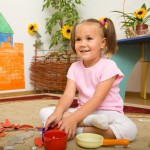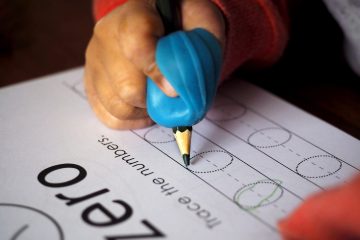 Parents do not often think of play time as an intentional part of the day. Many times we dismiss our kiddos with the vague instruction, “Go play!”. Although your child’s play time does not always have to be carefully planned, it is beneficial for preschoolers if at least part of their day is focused on intentional play. What items are needed to play intentionally and what does intentional play look like? Red Apple Reading has a plan for parents who want to incorporate intentional play into their preschooler’s day!
Parents do not often think of play time as an intentional part of the day. Many times we dismiss our kiddos with the vague instruction, “Go play!”. Although your child’s play time does not always have to be carefully planned, it is beneficial for preschoolers if at least part of their day is focused on intentional play. What items are needed to play intentionally and what does intentional play look like? Red Apple Reading has a plan for parents who want to incorporate intentional play into their preschooler’s day!
Plan on Keeping it Simple – More toys does not necessarily mean more opportunity for learning. When it comes to playing intentionally, less is actually more! Sometimes a child can become overwhelmed if there are too many toys available. If your kiddo has to dig through a pile of miscellaneous toys, he may become frustrated because he can’t find what he wants or he may become distracted from his purpose. Make sure you limit the number of toys available when you wish for your child to play intentionally.
Plan on Incorporating Unusual Resources – It’s important for parents to “think outside of the box” when they plan intentional play. For instance, hanging a world map on the wall of your child’s play room can peak her curiosity about geography. A calendar placed where a child can flip through it encourages discussion about days of the week. Measuring cups can lead to an impromptu math lesson. Remember, children are creative – they do not always need actual toys in order to have fun!
Plan on Arranging Toys Strategically – Mom and Dad should also place toys in a strategic manner around the room. For instance, putting one or two age appropriate books about Africa next to your world map will encourage your kiddo to locate the continent for himself. Make sure you place measuring cups near a bowl of dry beans so your little one can practice using measuring skills as he plays. If your kiddo enjoys playing “house”, have a pad and pencil next to her babies and kitchen so she can make a “to do” list like mom does. A carefully thought out arrangement very often leads to a teachable moment.
Plan on Being Curious – In order for your child to get the most benefit out of his intentional play time, an adult needs to be present and ready to facilitate. Beware!! This does not mean that parents take charge of play and show the child “how” to do it. Playtime should be child directed. However, parents should be nearby and ask leading questions. For example, if your preschooler is playing with the blocks, you could ask him how many red blocks he used to build his tower. Or if your child is flipping through the calendar in the play room, you could ask her to find the word “Monday”. By being curious about your child’s play and asking questions, you can create a teachable moment.
If you are interested in learning more about intentional play, check out these resources that we found helpful in our research:
Carrots are Orange (Post on Play and Learning Space)
Kindergarten Matters: Intentional Play-Based Learning Videos


